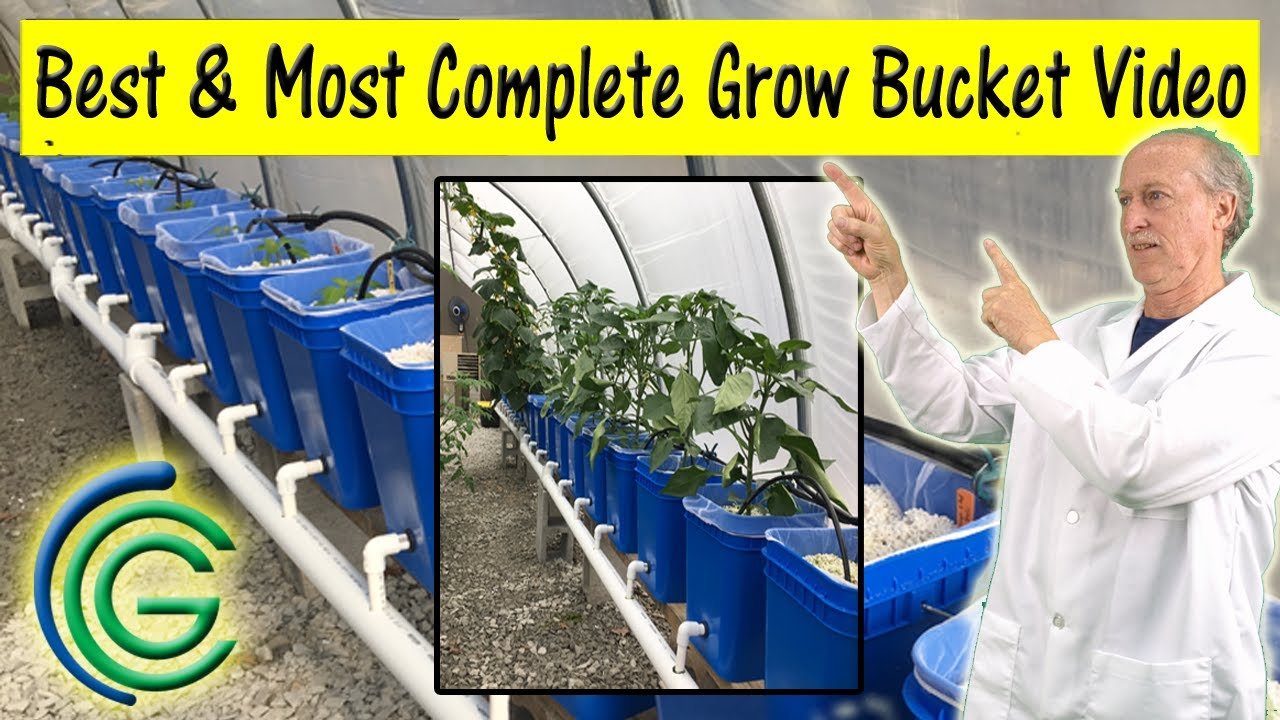My Backyard Aquaponics Adventure
You know, living in a small town has its perks, especially when you’re around people who don’t bat an eye at your weird hobbies. That’s how I found myself diving headfirst into the world of aquaponics last summer. Picture it: me, mug of lukewarm coffee in hand, staring at a patchy backyard full of weeds and the remnants of old projects, brimming with ideas about growing my own food in some fancy contraption involving fish and plants. I was determined to build an aquaponics system. How hard could it be, right?
The Inspiration Hits
It all started one sunny Saturday morning while I was browsing YouTube, sipping on my third cup of coffee. I stumbled upon this charming guy with a beard thicker than mine, who made aquaponics look like a walk in the park. I thought, “I can do that” — little did I know just how naive I was. I found some videos showing systems built from PVC pipes, old fish tanks, and even bathtubs. So, I devised a plan and headed to my shed.
Out there, I rummaged through piles of junk. There were old barrels from when I briefly tried my hand at homebrewing, a rusted-out kiddie pool, and, of course, a couple of half-broken birdhouses. By the time I came in, I felt like a treasure hunter and had a chaotic blueprint in my mind.
Gathering Supplies
That weekend turned into a DIY extravaganza. Armed with a hand saw, duct tape, and more hope than skill, I got to work. I managed to repurpose a plastic sink from my last kitchen project as the grow bed. I envisioned rows of leafy greens peacefully cohabitating with fish in a symbiotic utopia. The fish? I settled on tilapia. They’re heat-loving creatures, and the local feed store had them on sale. What better fish to determine my fate?
Oh, boy. Did I overthink this endeavor? Sure did. As I splashed water around the yard and clumsily arranged the bits and bobs, I was convinced I’d nailed it. Just a few connections, some gravel for the grow bed, and we’d be rolling in fresh veggies before the first frost.
The First Signs of Trouble
The first few days were blissful. I watched my fish swim around, and the water had that fresh, earthy smell of new beginnings. But within a week, things took a turn. I noticed the water in the tank was turning a shade of green that made my stomach churn. At first, I thought it was a “natural algae bloom.” The beardy YouTuber had casually mentioned it, and I shrugged it off—he made it sound so poetic. But the reality hit hard when I realized I’d done something very wrong.
After a frantic Google search (seriously, you’d think I’d just offered up my hair for a fishy shampoo), I discovered that the green was actually a sign of too much light. Oy vey! I had set this thing up in the sunniest corner of my yard, thinking the fish would love it. Instead, I learned that algae has a knack for overpopulating when you give it a nice, cozy habitat.
A Heartfelt Goodbye
If that wasn’t enough, I lost a fish. I remember holding a funeral in my backyard, complete with apologies and a promise that I wouldn’t let my tilapia brother’s sacrifice be in vain. I wasn’t prepared for how attached I’d become to these little guys, especially seeing them swim around, eyes big and curious. It hit me harder than expected.
Armed with more newfound knowledge than I knew what to do with, I decided it was time to troubleshoot and fix my mistakes. I added a shade cloth to help temper the light. I also learned about cycling the system—turns out the mini-ecosystem didn’t just magically align itself.
After a few frustrating adjustments and a couple of home improvement store trips, my environment finally started to cooperatively hum along. I added some drainage pipes, introduced worms (yes, worms!) to help with nutrient cycling, and finally saw the green chaos dwindle down into a more manageable hue.
Growing Pains—Literally
Meanwhile, my plants—lettuce and some herbs—were thriving, much to my surprise. I had my fair share of hiccups, like the time my pump stopped working right before an unexpected storm, and I spent the night worrying about my aquatic buddies.
Eventually, seeing those vibrantly green plants burst through the gravel was enough to bring a smile back to my face. It was messy and far from perfect, but for a moment, it felt like I was actually doing something worthwhile.
The Beauty in the Chaos
You know, it wasn’t just about the veggies or the fish; it was about figuring things out and embracing the chaos. There’s something beautiful and oddly satisfying about watching nature—and your own fumbling efforts—come together.
So, if you’ve ever thought about getting into aquaponics or hydroponics, let me save you some headaches: just start. Don’t worry about it looking perfect or running flawlessly. Trust me, I almost gave up more times than I can count. You’ll learn as you go, and it’s going to be a fantastic story by the end of it all.
If you’re curious and want to dive deeper, join the next session I found on aquaponics to learn from folks who’ve been there, too. They might save you a fish or two, if nothing else. Join the next session here!
So, here’s to backyard adventures—yours might just be a bit less messy than mine!







Leave a Reply